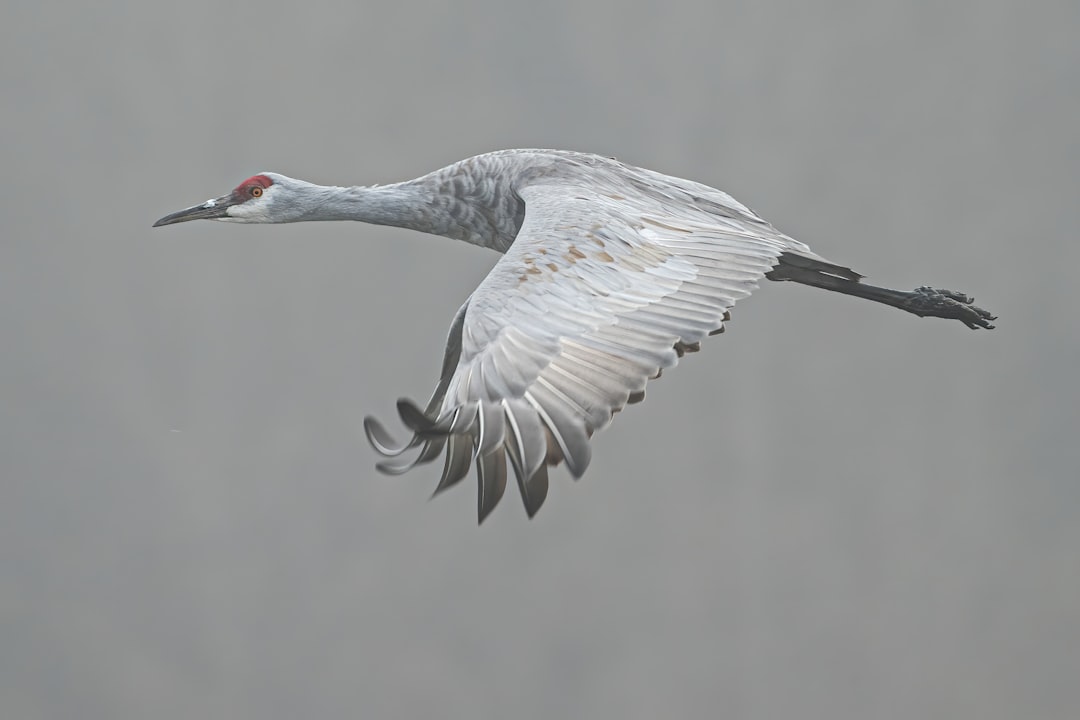What is it about?
There is a pressing need to understand how fast climate change and deforestation impact predator-prey interactions in boreal forests. We investigated, in western Finland, the long-term combined influence of autumn climate and habitat quality on the food-storing behaviour of the pygmy owl. Rainier autumns negatively affected the total biomass of prey stored, numbers of main prey stored and individual body condition of female owls. Increased proportion of clear-cut areas around food-stores enhanced the negative impact of rainfall. Higher rainfall frequency decreased the vulnerability of small mammals to owl predation, raising concern about potential cascading trophic effects at the ecosystem level.
Featured Image
Why is it important?
Our work highlights the vulnerability of pygmy owl populations to changes in prey abundance and vulnerability driven by the combination of ongoing climate and land-use changes. Finally, small mammals are keystone herbivore species in boreal landscapes as a main food source for the whole predator community, including both avian and mammalian predators. Decrease in vulnerability of small mammals to predation as a result of increased autumn rainfall could trigger cascading effects at the ecosystem-level resulting from dietary shifts of predators.
Read the Original
This page is a summary of: Increased autumn rainfall disrupts predator–prey interactions in fragmented boreal forests, Global Change Biology, July 2016, Wiley,
DOI: 10.1111/gcb.13408.
You can read the full text:
Contributors
The following have contributed to this page










